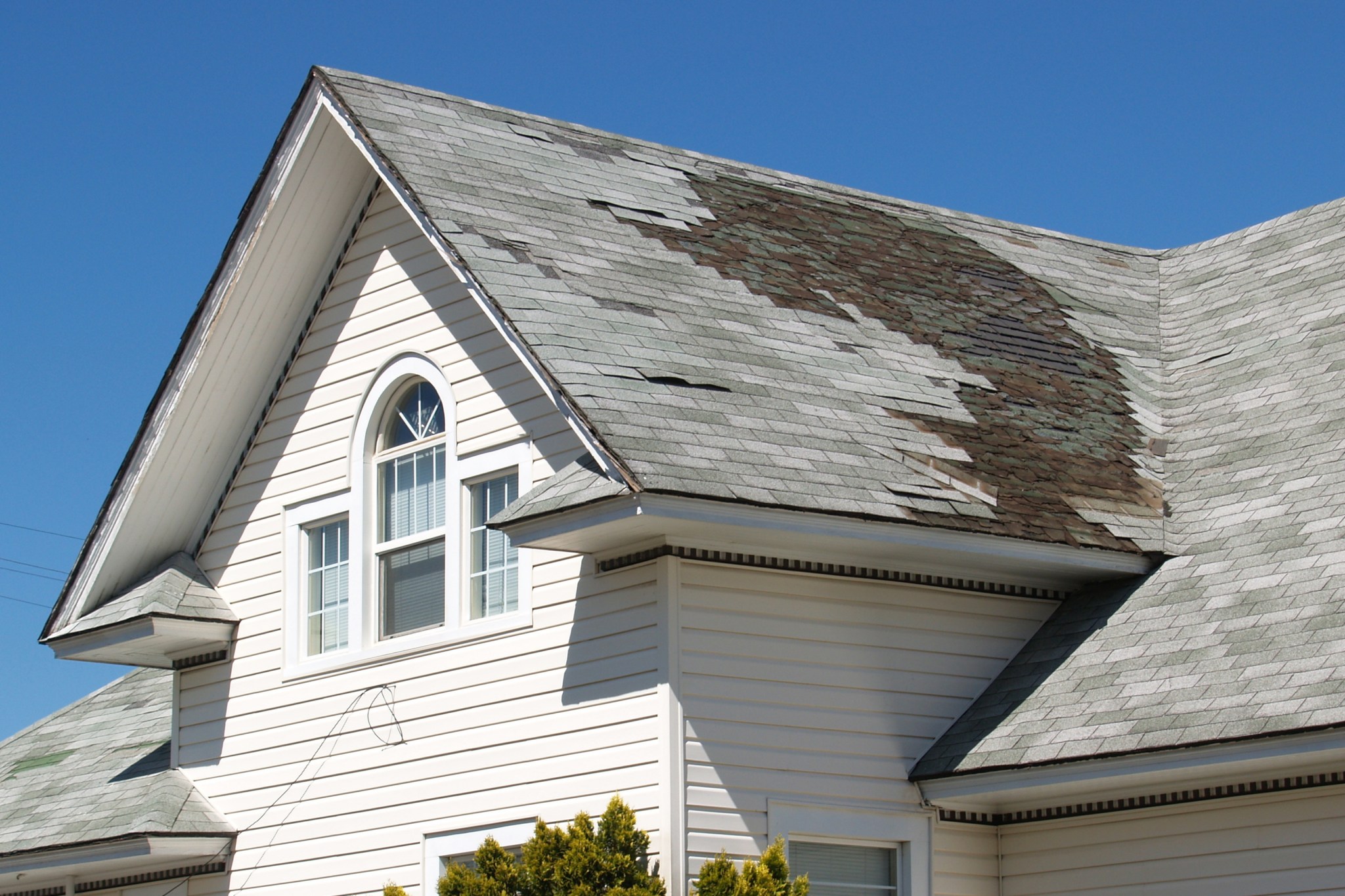Eventually, all roofs wear out and need to be replaced. In a tight economy, the decision about when to repair it is especially weighty. If you do it too soon, you'll waste money. But if you wait too long, you'll end up with leaks and expensive water damage. To get the timing right, you need to know how to assess your roof's overall condition. That way, you can identify early signs of roof failure.
A new roof was the exterior remodeling project with the highest ROI (tying with a new garage door), according to the National Association of REALTORS® 2022 "Remodeling Impact Report."® The ROI came in at $12,000, matching the project's $12,000 average national cost. More than half of the consumers surveyed said they invested in a new roof because they wanted to upgrade worn-out surfaces, finishes, and materials. They were happy with the results, giving the project a joy score of 9.2 out of 10.
Despite those impressive stats, if most of your roof is still in good shape, a spot repair makes sense. But if the roof shows signs of wearing out or is more than 20 years old, replacing it may be the smarter choice.
Be Alert to Early Signs of a Roof Leak
If you check your roof's condition at least annually, you should be able to plan for necessary repairs. Early signs of trouble include:
- Dark areas on ceilings
- Peeling paint on the underside of roof overhangs
- Damp spots alongside fireplaces
- Water stains on pipes venting the water heater or furnace
From the outside, you can assess your roof's health by viewing it through binoculars. Warning signs include:
- Cracked caulk or rust spots on flashing
- Shingles that are buckling, curling, or blistering
- Worn areas around chimneys, pipes, and skylights
If you find piles of grit from asphalt roof tiles in the gutters, that's a bad sign. The granules shield the roof from the sun's damaging ultraviolet rays. Black algae stains are just cosmetic, but masses of moss and lichen could signal decay underneath the roof.
If you're inspecting on your own and find worrisome signs, get a professional assessment. That's an especially good idea if the roof is old or there has been a storm with heavy wind or hail. The national average cost is $210. Some roofing companies will do a very basic inspection for free before performing the work. Certified roof professionals from the National Roof Certification and Inspection Association charge based on the market.
When Repairs Make Sense
You can usually repair a leak in a roof that is otherwise sound. The cost might range from $10 if you just need to squirt some roofing mastic into a gap alongside chimney flashing, to $300 to $1,000 to fix a leak in a roof valley. If something sudden and unforeseen, like a windstorm, causes a leak to appear, your homeowner's insurance will probably cover the repairs. But you're still responsible for limiting the damage, so put out buckets and try to get a local roofer to spread a tarp while you arrange for repairs. Insurance may not cover problems that stem from a worn-out roof or lack of maintenance.
The Cost of Re-roofing
Stripping off old roofing and starting over typically costs about $4 a square foot for an asphalt roof on a one-story house with no penetrations or valleys. Or, you may be able to leave an existing single layer and add a second layer on top of it. A roof overlay is significantly less expensive and could cost 20% to 40% less than a replacement. This might seem like a smart way to save, but unless you're so pressed for cash that your only other option is to risk leaks, it's false economy.
The second layer won't last as long — only about 15 years rather than the standard 20. And you won't get new flashing or underlayment or the opportunity to upgrade to features that make a roof stronger. Plus, when you sell, your re-covered roof will look a little lumpy, and potential buyers may interpret the two layers as a sign that other home improvements were also done on the cheap.
Make Sure to Factor in Hidden Costs
When you evaluate bids, don't just look at the total. A bare-bones estimate might include a single layer of 15-pound building paper under the roofing. However, a better but more expensive bid includes 30-pound paper plus self-stick rubbery material along the eaves to protect against damage from ice dams. Bids might also differ in whether they include the cost of disposing of the old roofing, hourly rates for structural repairs, and gutter-related costs.
Once you settle on a contractor, check whether the company is licensed and insured. Also discuss how the crew will minimize landscaping damage and who will pay for any that occurs. Schedule the roof work during dry weather if possible, so your lawn takes less of a beating. You'll sleep better, too, if you're not worrying about rain coming in when the roof is half-done.
Get the Most From a New Roof
A new roof isn't something most families are thrilled to buy. But getting multiple benefits from it makes it easier to shell out the money. As part of a new roofing project, you can incorporate many features that make your home more environmentally friendly. Some of those may qualify for a federal tax credit to offset the cost, using IRS Form 5965. You can also choose roofing that's more resistant to fire or damage from wind and hail. And that may qualify you for a discount on your homeowner's insurance policy.
